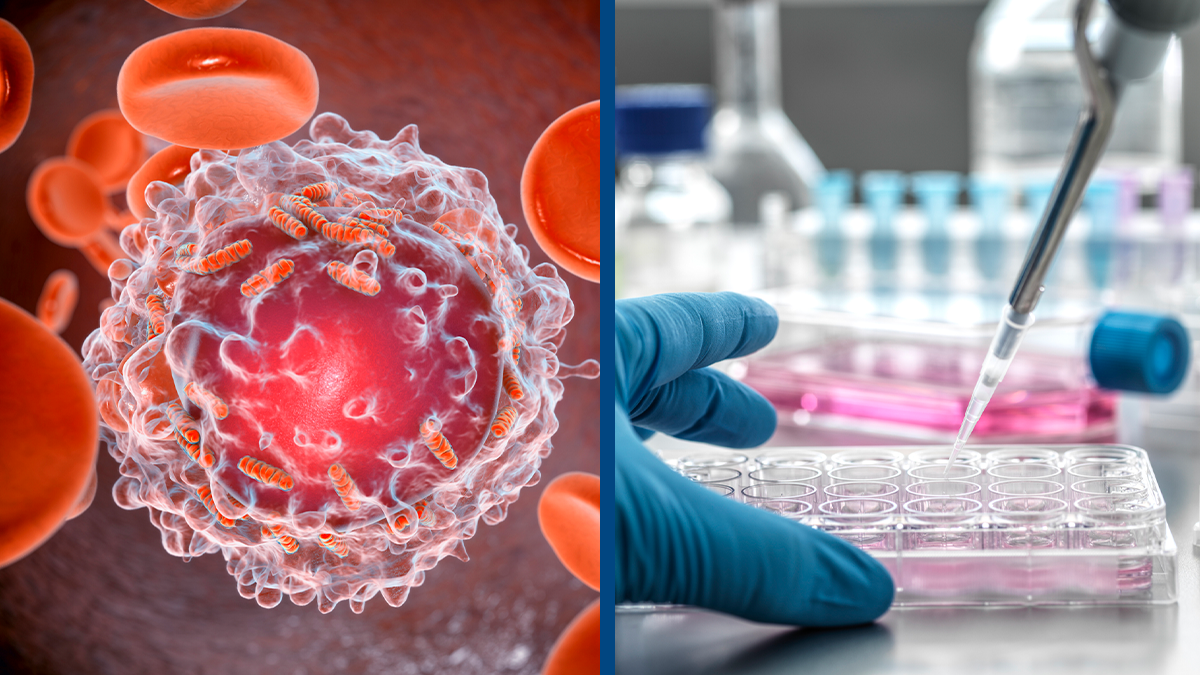
Breakthrough Cancer Cell Elimination: Rice University Scientists Achieve 99% Efficacy in Lab
Cancer is a tough fight. Millions of people face its harsh reality every year. For a long time, doctors and scientists have looked for better ways to beat it. They want treatments that are strong but also kind to the body. This search for kinder, stronger ways to fight cancer is always on. Now, a big step forward has happened.
Scientists at Rice University, working with other groups in Texas, made a new discovery. They created a special method that wiped out up to 99% of cancer cells in lab tests. This is a massive step. It could change how we think about treating cancer. This new way is different from what we know. It works in a very smart way. What is this new method? How does it work so well? Let’s find out more about this exciting scientific journey.
The Science Behind the 99% Cancer Cell Elimination
Understanding the Innovative Technique
This new approach uses tiny molecules that spin very fast. These molecules are like miniature drills. They are called molecular nanomachines. Scientists can activate these tiny drills with light. When light hits them, they start to rotate extremely quickly. This rapid spinning creates powerful vibrations.
These vibrations are key to the method. They cause physical damage to cancer cells. Think of it like a tiny, high-speed blender. The process precisely targets the bad cells. It does not harm healthy cells nearby. This makes the treatment very specific and promising.
How It Achieves Near-Total Cancer Cell Destruction
The way this technique works is quite amazing. First, the special molecules attach to cancer cells. Then, a pulse of light turns them on. These nanomachines then drill into the cell membrane. This action creates tiny holes in the cell’s outer wall. When enough holes form, the cancer cell can no longer survive. Its inner parts spill out, and it dies.
Achieving 99% cancer cell elimination in lab tests is huge. It means the technique is highly effective. Most current treatments cannot reach this level of success so directly. This high rate of cell destruction suggests the method could be very powerful. It offers a new path for future cancer therapies.
Collaboration and Development: The Power of Partnership
Rice University’s Role and Expertise
Rice University stood at the front of this important research. Their scientists brought deep knowledge in chemistry and engineering. They were central to designing these unique molecular nanomachines. Rice also provided advanced lab tools and a place for new ideas to grow. Their push for fresh thinking helped turn this concept into a real technique.
Key Partner Institutions and Their Contributions
This breakthrough was not a solo effort. Many institutions in Texas joined forces. Experts from different fields came together. They included cancer biologists and medical researchers. Each group added their special skills. This shared effort allowed them to look at the problem from many angles. This team approach was vital for developing such an effective cancer cell elimination strategy.
Potential Applications and Future Directions
Translating Lab Success to Clinical Reality
Right now, this cutting-edge technique is still in its early stages. It has worked well in lab experiments. The next step involves pre-clinical trials. This means testing on animals to see if it is safe and effective. After that, human trials would begin. There are challenges, like making sure the molecules reach all cancer cells. Finding the right light delivery method is also important. These hurdles must be cleared before it can help patients.
Broadening the Impact: Beyond Cancer Cells
This new method has a big future. It might work for many kinds of cancer. Scientists can likely adapt it for solid tumors. They may also use it for cancers that spread. But its uses might go even further. The idea of using light-activated tiny drills could help with other diseases. Imagine targeting specific infected cells. Or perhaps destroying dangerous bacteria. The core idea could open doors to many new medical solutions.
Expert Insights and Patient Impact
Voices from the Research Team
“We are very excited about these results,” said one lead scientist. “Seeing such high rates of cancer cell elimination gives us great hope.” Another researcher added, “This work shows the power of bringing different sciences together. It was a complex problem, but our team kept pushing.” They highlight the careful thought put into how these nanomachines affect cells. The findings mean a new weapon in the cancer fight might be on its way.
The Hope for Patients
This breakthrough could truly change patient lives. A highly effective cancer cell elimination technique means more people could recover. It might also lead to fewer harsh side effects than traditional treatments. Imagine a therapy that attacks only sick cells. This could mean a better quality of life during treatment. It also moves us closer to personalized medicine. Doctors could one day tailor treatments exactly for your specific cancer. This offers real hope for a healthier future.
Conclusion: A Promising Step Forward in the Fight Against Cancer
The news from Rice University and its partners is truly inspiring. They developed a unique way to eliminate up to 99% of cancer cells in lab settings. This innovative technique uses tiny, light-activated machines to destroy diseased cells. The success shows the strength of teamwork across different science areas. It offers a new direction for cancer treatment. While more research is needed, this breakthrough brings real promise. It reminds us that new solutions are always being found. This exciting development lights a new path forward in the global fight against cancer.



